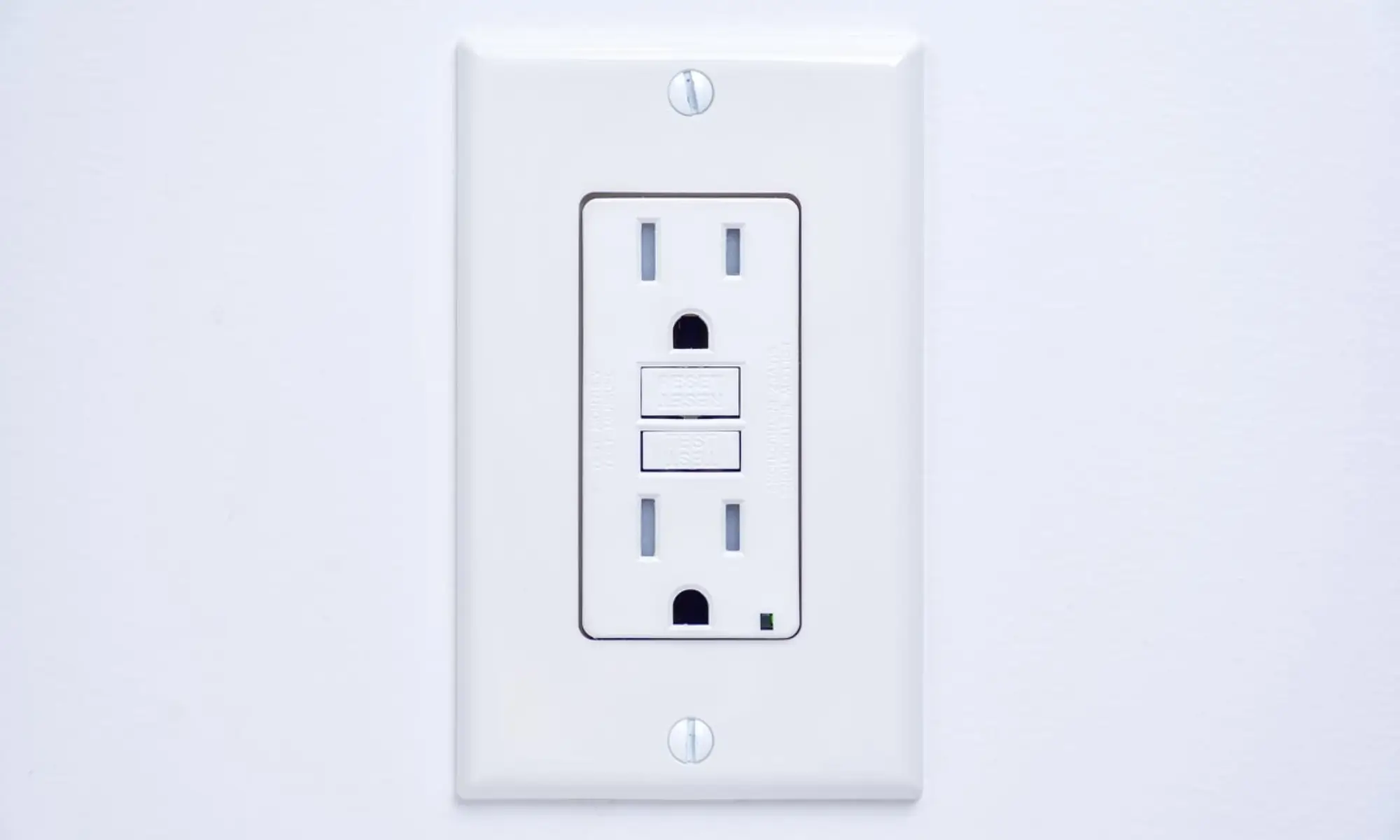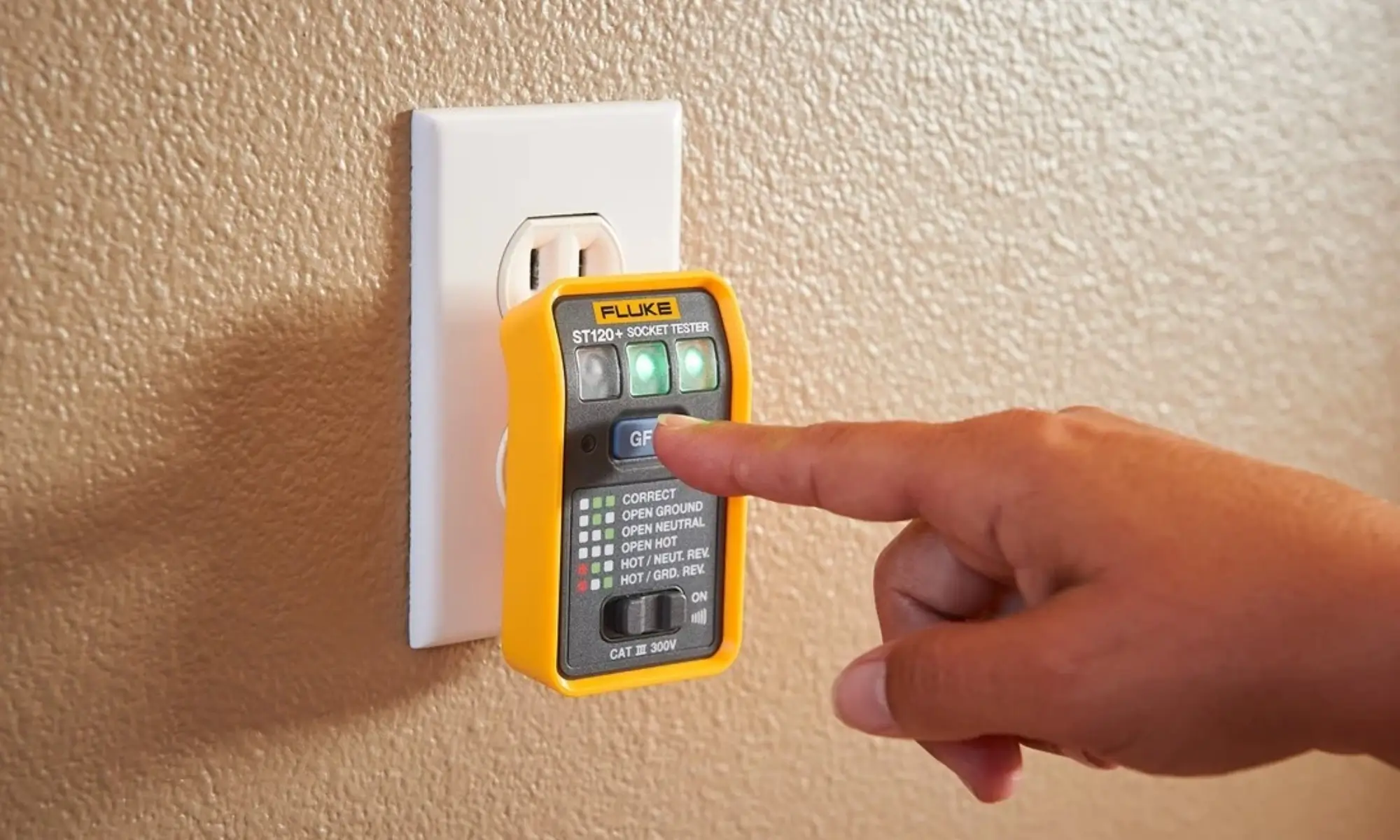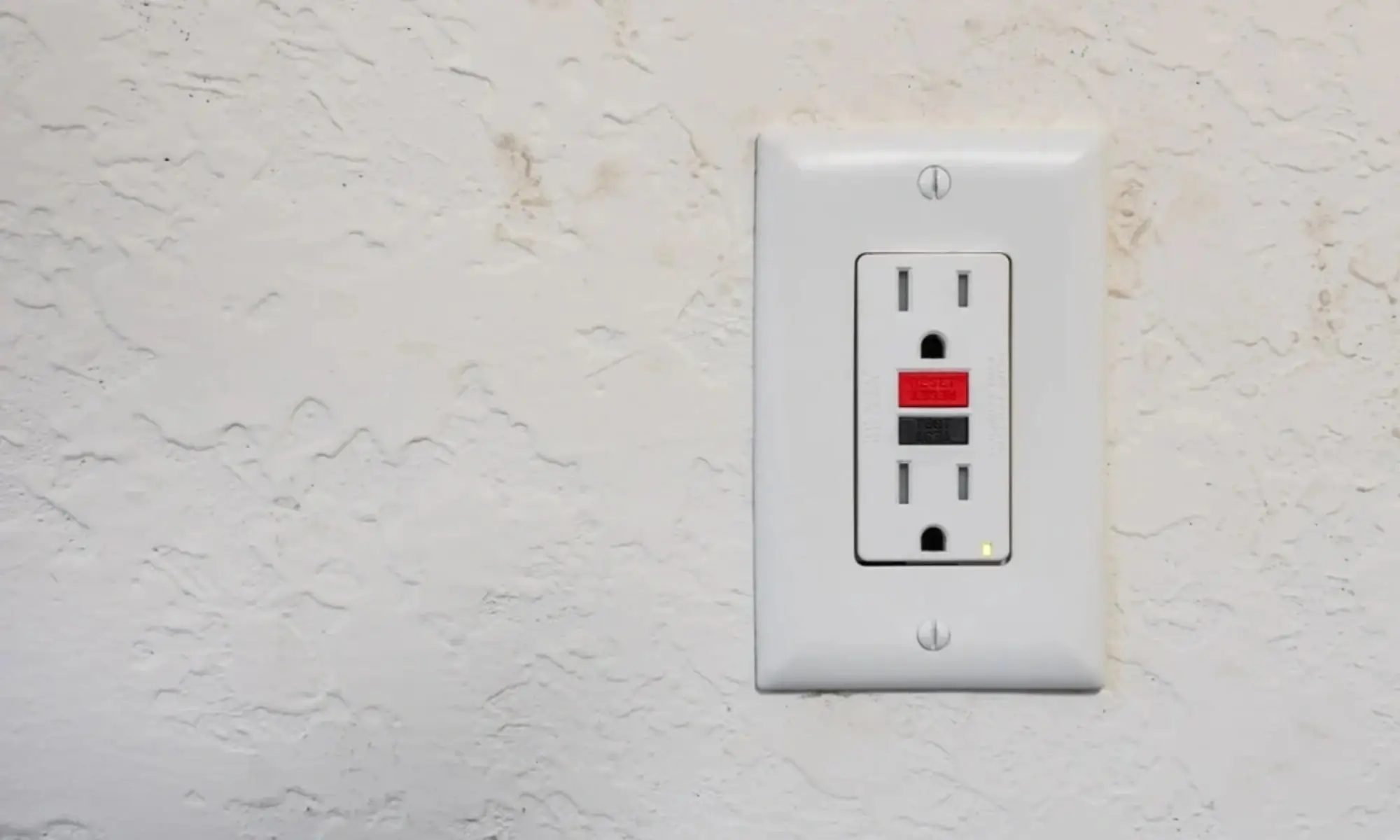Electrical safety is a critical component of any home or workplace. One of the most essential devices ensuring this safety is the Ground Fault Circuit Interrupter (GFCI) outlet. These outlets are more than just a modern convenience; they are lifesaving devices that prevent electrical shocks, reduce the risk of fire, and safeguard electrical systems.
In this article, we’ll dive into what GFCI outlets are, their importance, the various types, and how they work to protect lives and property.

What is a GFCI Outlet?
A GFCI outlet, short for Ground Fault Circuit Interrupter, is a safety device that shuts off electric power when it detects an imbalance in the flow of electrical current. This device is designed to protect people from electrical shock, particularly in areas where electricity and moisture are likely to mix, such as kitchens, bathrooms, and outdoor spaces.
Unlike standard outlets, GFCIs are equipped with built-in sensors that monitor the current flow. If even a small amount of current (as little as 4-6 milliamperes) leaks to an unintended path, such as through water or a person, the GFCI quickly cuts off the power to prevent harm. This reaction occurs within 1/40th of a second, a speed that could mean the difference between life and death.
Why Are GFCI Outlets Important?
Electrical safety has improved dramatically since the introduction of GFCI technology. Before GFCI outlets became widespread, nearly 800 people died annually from electrocutions in the United States. Today, thanks to these devices, that number has decreased significantly, saving hundreds of lives every year.
Key benefits of GFCI outlets include:
- Prevention of electric shocks: They shut off power immediately when a ground fault is detected.
- Fire risk reduction: By halting current flow during electrical malfunctions, they help prevent fires caused by overheating or sparking.
- Code compliance: GFCI outlets are required by the National Electrical Code (NEC) in specific areas of homes and buildings prone to moisture exposure.

How Does a GFCI Outlet Work?
A Ground Fault Circuit Interrupter (GFCI) outlet is a specialized safety device designed to prevent electric shocks and reduce fire risks by detecting electrical imbalances. Here’s a breakdown of how this lifesaving technology works:
1. Current Monitoring
- How It Works: A GFCI outlet constantly monitors the flow of electrical current through its circuit. It compares the amount of current flowing out through the “hot” wire to the amount returning through the “neutral” wire.
- What It Looks For: Under normal conditions, the current flowing in and out of the circuit should be equal.
2. Detecting Imbalances
- Ground Faults: If there’s even a tiny discrepancy in the flow (as little as 4-6 milliamperes), it indicates a potential ground fault. This could occur if the current is leaking through an unintended path, such as water, a person, or a damaged wire.
- Danger Signs: For instance, if you accidentally touch a live wire while standing on the ground, some current may flow through your body instead of back to the outlet. This creates an imbalance that the GFCI detects.
3. Tripping the Circuit
- Speed of Response: As soon as the GFCI senses this imbalance, it reacts within 1/40th of a second, cutting off power to the outlet and preventing further current from flowing.
- Why It’s Important: This rapid response minimizes the risk of severe electric shock or electrocution. It’s fast enough to prevent current from affecting critical bodily functions like your heartbeat.
4. Manual Reset
- After Tripping: When the GFCI trips due to a detected fault, it shuts off power to the outlet. You’ll need to manually press the reset button to restore power after addressing the issue.
- Built-in Safety Check: The reset ensures you’re aware of the trip and can investigate the cause before resuming power.
A Practical Example
Imagine using a hair dryer near a bathroom sink. If the dryer accidentally falls into the water:
- The GFCI detects the sudden leakage of current as electricity finds an unintended path through the water.
- It instantly trips, cutting off power to the hair dryer.
- This prevents the current from traveling through the water and potentially shocking anyone in contact.
What a GFCI Won’t Protect Against
While GFCIs are highly effective, they have limitations:
- Line Contact Hazards: They cannot protect against shocks caused by touching both the “hot” and “neutral” wires simultaneously.
- Overload Protection: Unlike circuit breakers, GFCIs do not prevent overloads or short circuits. They are designed specifically to detect and interrupt ground faults.
Key Features of a GFCI Outlet
- Test and Reset Buttons: Allow users to verify functionality and reset the outlet after it trips.
- Continuous Monitoring: Operates 24/7 to detect faults, providing constant protection.
- Highly Sensitive: Can sense imbalances as small as 4-6 milliamperes, far below the threshold of harm.
By quickly shutting off power during ground faults, GFCI outlets provide essential protection against electrical hazards, particularly in moisture-prone areas like bathrooms, kitchens, and outdoor spaces. Their speed and sensitivity make them indispensable for electrical safety.

Types of GFCI Outlets
Ground Fault Circuit Interrupter (GFCI) outlets come in various types, each designed to serve a specific purpose and environment. Below is a detailed explanation of the common types of GFCI outlets, their functionality, and where they are most effective:
1. Receptacle GFCI
This is the most widely used type of GFCI. It looks similar to a standard wall outlet but has built-in ground fault protection. It can be installed in standard outlet boxes, making it versatile and easy to replace.
Use:
Receptacle GFCIs are typically found in moisture-prone areas such as kitchens, bathrooms, garages, and outdoor spaces. These are areas where the risk of electrical shock due to water exposure is higher.
Features:
- Protects not only the outlet itself but also any other outlets connected downstream on the same circuit.
- Equipped with “Test” and “Reset” buttons to ensure proper operation and safety.
2. Circuit Breaker GFCI
This type of GFCI is installed directly in the electrical panel and provides ground fault protection for the entire circuit it serves. It combines the functions of a traditional circuit breaker and a GFCI.
Use:
Circuit breaker GFCIs are ideal for situations where multiple outlets or hardwired devices need protection. They are often used in circuits serving entire rooms, garages, or outdoor lighting systems.
Features:
- Offers comprehensive protection by monitoring the entire circuit for ground faults.
- Provides additional protection against circuit overloads, making it a dual-purpose safety device.
3. Portable GFCI
These are standalone units that plug into any standard outlet. Portable GFCIs are compact, self-contained devices that offer ground fault protection without requiring permanent installation.
Use:
Portable GFCIs are commonly used in construction sites, outdoor settings, and other temporary setups where traditional GFCI outlets are not installed. They are ideal for powering tools and equipment in environments prone to electrical hazards.
Features:
- Lightweight and easy to transport, making them highly versatile.
- Can be used temporarily in areas that lack built-in GFCI protection.
- Often weather-resistant, suitable for outdoor applications.
4. Cord-Connected GFCI
This type of GFCI is built directly into the plug of an appliance or an extension cord. It provides ground fault protection at the source, ensuring safety for both the cord and connected devices.
Use:
Cord-connected GFCIs are typically used with portable tools, outdoor equipment, and temporary power setups. They are common in construction or maintenance tasks where movable electrical devices are frequently used.
Features:
- Protects the cord from damage and the devices plugged into it.
- Includes built-in “Test” and “Reset” buttons for functionality checks.
- Provides portable protection without needing modifications to the outlet or circuit.
Key Takeaways
Each type of GFCI outlet is designed for specific use cases:
- Receptacle GFCIs are the go-to option for permanent installations in individual outlets.
- Circuit Breaker GFCIs offer full circuit protection, ideal for comprehensive coverage.
- Portable GFCIs are excellent for temporary use in environments without built-in protection.
- Cord-Connected GFCIs deliver safety for movable devices and tools.
Choosing the right GFCI type ensures effective protection against electrical hazards in any environment. Regular testing of GFCIs is essential to maintain their reliability and safeguard against electric shocks or faults.

Where Are GFCI Outlets Required?
Ground Fault Circuit Interrupter (GFCI) outlets are essential for protecting against electrical shocks and are mandated by the National Electrical Code (NEC) in specific locations where the risk of electrical hazards is heightened. These areas are typically prone to moisture, water exposure, or damp conditions. Here’s a detailed look at where GFCI outlets are required:
1. Bathrooms
- Requirement: All outlets in bathrooms must be equipped with GFCI protection.
- Reason: Bathrooms have a high likelihood of water exposure, making them one of the most hazardous areas for electrical shock.
2. Kitchens
- Requirement: GFCI outlets are required for all countertop receptacles.
- Reason: With sinks, cooking appliances, and water usage, kitchens pose a significant risk of electrical shock.
3. Laundry Rooms
- Requirement: GFCI outlets are required for outlets near washing machines, utility sinks, and other water sources.
- Reason: Laundry rooms often have damp conditions, increasing the risk of ground faults.
4. Garages
- Requirement: All outlets in garages must have GFCI protection.
- Reason: Garages often house power tools and appliances, and spills or moisture from vehicles can create hazardous conditions.
5. Outdoors
- Requirement: All outdoor outlets must be GFCI protected.
- Reason: Exposure to rain, snow, and damp conditions makes outdoor outlets particularly vulnerable to ground faults.
6. Crawl Spaces
- Requirement: Any outlets installed in crawl spaces must have GFCI protection.
- Reason: These areas are often damp and prone to moisture buildup.
7. Unfinished Basements
- Requirement: GFCI outlets are mandatory in unfinished basements.
- Reason: Basements are often damp or subject to flooding, increasing the likelihood of electrical hazards.
8. Wet Bar Sinks
- Requirement: Any outlet located within 6 feet of a wet bar sink must have GFCI protection.
- Reason: Proximity to water creates a significant shock hazard.
9. Pool and Spa Areas
- Requirement: All outlets in pool, spa, and hot tub areas must be GFCI protected.
- Reason: These areas combine water and electricity, posing severe risks without proper protection.
10. Boat Houses
- Requirement: Outlets installed in boathouses must have GFCI protection.
- Reason: Constant water exposure makes these areas high-risk for electrical shocks.
General Rule of Thumb
GFCI protection is required:
- For all outlets within 6 feet of water sources.
- In areas exposed to moisture or dampness.
Why These Requirements Matter
GFCI outlets save lives by quickly cutting off power when a ground fault is detected. Their placement in moisture-prone and high-risk areas ensures that the likelihood of electrical shocks, burns, or fires is significantly reduced.
For older homes without GFCIs, upgrading outlets in these critical locations is a simple yet impactful step toward enhanced safety. Always consult a licensed electrician to ensure compliance with local codes and standards.

How to Test and Maintain GFCI Outlets
Like any safety device, GFCI outlets require regular testing to ensure they are functioning properly. Here’s how to test your GFCI:
- Press the RESET Button: Ensure the outlet is operational.
- Plug in a Device: A small appliance like a nightlight works well.
- Press the TEST Button: The device should lose power immediately.
- Press the RESET Button Again: The device should regain power.
If the outlet does not trip when tested, or if it fails to reset, it may be malfunctioning and should be replaced by a qualified electrician.
Lifespan of GFCIs
GFCI outlets typically last about 10 years but may wear out sooner in high-use areas or environments with frequent electrical surges. Regular testing ensures they continue to provide the necessary protection.
Conclusion
A GFCI outlet is a small yet powerful device that plays a critical role in electrical safety. By detecting ground faults and cutting off power instantly, these outlets protect against potentially fatal shocks and reduce the risk of electrical fires. Whether in your kitchen, bathroom, or outdoor spaces, installing and maintaining GFCI outlets is a vital step in safeguarding your home and family.
Key Takeaways:
- GFCI outlets are lifesaving devices that detect ground faults and cut off power quickly.
- They are required by code in moisture-prone areas like kitchens, bathrooms, and outdoors.
- Regular testing and proper maintenance ensure their continued effectiveness.
For any questions or professional assistance with installing or troubleshooting GFCI outlets, consult a licensed electrician. Safety always comes first!

